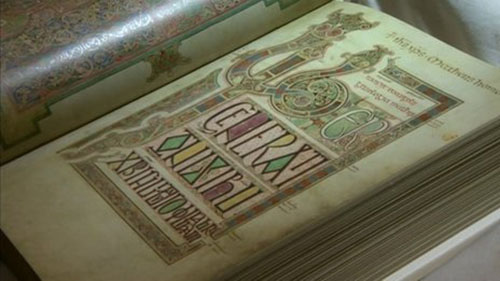Bespoke Lighting
Can be an essential feature in some instances where readily available devices cannot be used in certainn situations. They can enhance the viewing experience and bring exhibits to life where other options were not practical.
Bespoke lighting designed installations can serve as captivating features in museums, historic locations and art galleries, enhancing the overall ambiance and showcasing exhibits in their best light — quite literally.
The process
Consultation and Conceptualization: The process begins with a consultation between the lighting designers and the curators or museum directors. Understanding the space, the types of art to be exhibited, and the desired atmosphere is crucial. This phase involves brainstorming ideas and conceptualizing how lighting can enhance the visitor experience and highlight the artwork.
Custom Lighting Fixtures Design: Based on the conceptualization phase, bespoke lighting fixtures are designed. These fixtures may include spotlights, track lighting, LED panels, or even more innovative solutions like fiber optics or programmable LED strips. The design should complement the architecture of the space while being adaptable to various exhibition layouts.
Integration with Architecture and Art:The lighting design should seamlessly integrate with the architecture of the museum or gallery. It should enhance the aesthetic appeal of the space without overshadowing the artwork. Additionally, the lighting should be adjustable to accommodate different types of exhibitions and artworks, ensuring each piece is showcased optimally.
Dynamic Lighting Control: Incorporating dynamic lighting control systems allows for flexibility in creating different moods and atmospheres within the space. This could involve programmable lighting scenes for special events, interactive lighting installations that respond to visitor movement or sound, or even daylight simulation to mimic natural lighting conditions.
Energy Efficiency and Sustainability: While creating visually stunning lighting installations, it's essential to consider energy efficiency and sustainability. Utilizing energy-efficient LED technology, motion sensors, and automated lighting controls can help reduce energy consumption and environmental impact without compromising on aesthetics.
Safety and Preservation: Preservation ofvaluable items is paramount in museum and gallery settings. Lighting designers must consider factors such as UV emissions, heat output, and light exposure duration to minimize the risk of damage to delicate pieces. UV filters, low-heat lighting sources, and lighting schedules tailored to each artwork's requirements can help ensure their longevity.
Collaboration and Testing: Throughout the design and installation process, close collaboration between lighting designers, architects, curators, and conservationists is essential. Mock-ups and prototypes should be tested to fine-tune the lighting design before final installation, ensuring it meets the specific needs and objectives of the institution.
Maintenance and Support: Once the bespoke lighting design installation is complete, ongoing maintenance and support are necessary to keep the system operating at its best. Regular inspections, cleaning, and repairs ensure the longevity of the lighting fixtures and preserve the integrity of the exhibited artwork.
By following these steps and embracing innovative technologies and design approaches, bespoke lighting installations can transform museums and art galleries into immersive and visually captivating spaces that enhance the visitor experience and elevate the appreciation of art.


